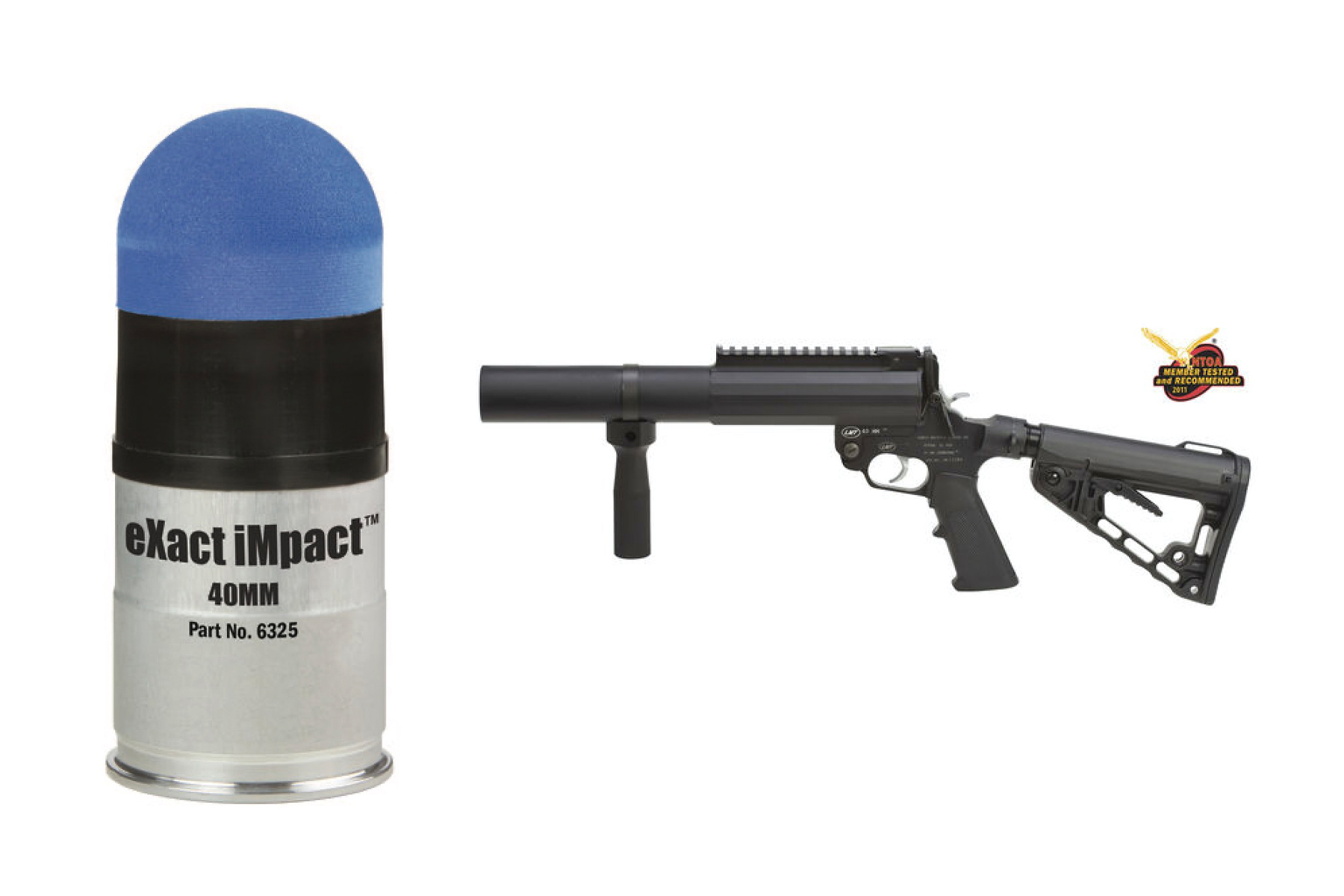Rubber Bullets For Self Defense: The Ultimate Guide
Self-defense is a critical aspect of personal safety, and rubber bullets have become a popular option for those seeking non-lethal methods to protect themselves. Whether you're a homeowner, a security professional, or someone looking to enhance your safety measures, understanding the role of rubber bullets in self-defense is essential. This comprehensive guide will delve into the effectiveness, legality, and ethical considerations surrounding rubber bullets, ensuring you make informed decisions about your personal protection.
Rubber bullets are often marketed as a less-lethal alternative to traditional firearms, but their use comes with specific risks and regulations. In this article, we’ll explore everything you need to know about rubber bullets, from their history and application to the legal implications and safety concerns. By the end, you’ll have a clear understanding of whether rubber bullets are the right choice for your self-defense needs.
Our goal is to provide you with accurate, actionable information that adheres to the highest standards of expertise, authoritativeness, and trustworthiness. Let’s dive in and uncover the truth about rubber bullets for self-defense.
Read also:Kyler Murray Is Kyler Murray Married Exploring His Personal Life And Career
Table of Contents
- Introduction to Rubber Bullets for Self Defense
- The History of Rubber Bullets
- Types of Rubber Bullets
- How Effective Are Rubber Bullets?
- Legal Considerations for Rubber Bullets
- Safety Concerns and Risks
- Common Uses of Rubber Bullets
- Rubber Bullets vs. Other Non-Lethal Options
- Ethical Considerations in Using Rubber Bullets
- Conclusion and Final Thoughts
Introduction to Rubber Bullets for Self Defense
Rubber bullets have gained attention as a non-lethal option for self-defense. They are designed to incapacitate or deter attackers without causing fatal injuries. However, the effectiveness and safety of rubber bullets vary depending on factors such as distance, aim, and the type of bullet used.
In this section, we’ll explore the basics of rubber bullets, including their composition, purpose, and the growing demand for non-lethal weapons in modern society. Understanding these fundamentals is crucial for anyone considering rubber bullets as part of their self-defense strategy.
Let’s take a closer look at why rubber bullets are increasingly being adopted for personal protection and how they fit into the broader context of self-defense tools.
The History of Rubber Bullets
Origins and Development
Rubber bullets were first developed in the mid-20th century as a means to control riots and civil unrest. The British Army introduced them in Northern Ireland in the 1970s, where they were used to subdue violent protests. Since then, rubber bullets have evolved in design and application, becoming a staple in law enforcement and military operations worldwide.
Today, rubber bullets are used not only by law enforcement but also by civilians seeking self-defense options that minimize the risk of permanent injury. Their adaptability and effectiveness have made them a popular choice for both public safety and personal protection.
Types of Rubber Bullets
Rubber vs. Rubber-Coated Steel
Not all rubber bullets are created equal. There are several types available, each with unique characteristics and applications. The two main categories are:
Read also:John Cusacks Wife A Deep Dive Into Their Love Story And Life Together
- Rubber bullets: Made entirely of rubber or synthetic materials, these are designed to deliver a painful but non-lethal impact.
- Rubber-coated steel bullets: These bullets have a steel core covered in rubber, making them more effective at penetrating targets while still being less lethal than traditional ammunition.
Choosing the right type depends on your specific needs and the intended use of the bullets.
How Effective Are Rubber Bullets?
Factors Influencing Effectiveness
The effectiveness of rubber bullets in self-defense scenarios depends on several factors:
- Distance: Rubber bullets are most effective at close range. Beyond a certain distance, their impact diminishes significantly.
- Aim: Proper aim is crucial to ensure the bullets hit non-lethal areas such as the legs or arms, minimizing the risk of serious injury.
- Bullet type: As mentioned earlier, different types of rubber bullets have varying levels of effectiveness.
Studies have shown that rubber bullets can be highly effective when used correctly, but misuse can lead to unintended consequences. Always ensure proper training before using rubber bullets for self-defense.
Legal Considerations for Rubber Bullets
Regulations and Restrictions
The legality of rubber bullets varies by country and even by state or region. In some areas, they are freely available for civilian use, while in others, strict regulations govern their purchase and possession. For example:
- In the United States, rubber bullets are legal in most states, but local laws may impose restrictions.
- In the European Union, regulations differ by country, with some requiring permits or licenses for ownership.
Before purchasing rubber bullets, research the laws in your jurisdiction to ensure compliance. Violating these regulations can result in severe penalties, including fines or imprisonment.
Safety Concerns and Risks
Potential Dangers
While rubber bullets are considered less lethal, they are not without risks. Improper use can lead to serious injuries, including broken bones, internal bleeding, and even death in extreme cases. Key safety considerations include:
- Avoiding shots to the head, neck, and vital organs.
- Maintaining a safe distance from the target.
- Using proper protective gear during training and practice.
It’s essential to weigh the potential risks against the benefits before incorporating rubber bullets into your self-defense plan.
Common Uses of Rubber Bullets
Applications Beyond Self-Defense
Rubber bullets are versatile tools with applications beyond personal protection. They are commonly used in:
- Law enforcement: For crowd control and riot management.
- Military operations: To subdue hostile individuals without causing fatal harm.
- Training exercises: To simulate real-world scenarios without the risk of lethal injury.
Understanding the various uses of rubber bullets can help you appreciate their value as a non-lethal weapon.
Rubber Bullets vs. Other Non-Lethal Options
Evaluating Alternatives
When considering rubber bullets for self-defense, it’s important to compare them with other non-lethal options. Some popular alternatives include:
- Pepper spray: Effective at close range but can be less reliable in windy conditions.
- Tasers: Deliver electrical shocks to incapacitate attackers but require precise aim.
- Stun guns: Provide immediate incapacitation but require direct contact with the target.
Each option has its strengths and weaknesses, and the best choice depends on your specific circumstances and preferences.
Ethical Considerations in Using Rubber Bullets
Moral Responsibility
Using rubber bullets for self-defense raises important ethical questions. While they are designed to minimize harm, their potential for causing injury cannot be ignored. Key considerations include:
- Respecting human dignity and avoiding unnecessary harm.
- Using force only as a last resort when other options are unavailable.
- Ensuring accountability and transparency in the use of rubber bullets.
By approaching the use of rubber bullets with a strong ethical framework, you can ensure that your actions align with your values and principles.
Conclusion and Final Thoughts
Rubber bullets offer a compelling option for those seeking non-lethal self-defense solutions. Their effectiveness, versatility, and relative safety make them an attractive choice for both civilians and law enforcement professionals. However, it’s crucial to understand the risks, regulations, and ethical implications associated with their use.
We encourage you to share your thoughts and experiences in the comments below. Additionally, feel free to explore other articles on our site for more insights into personal safety and self-defense strategies. Together, we can create a safer and more informed community.

